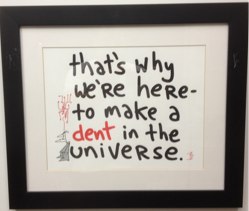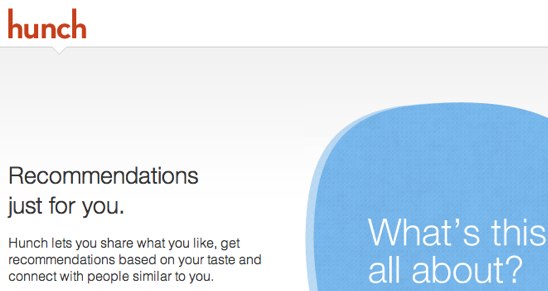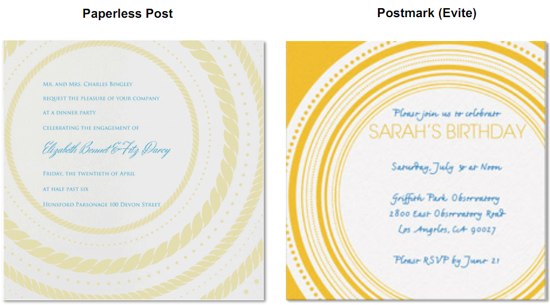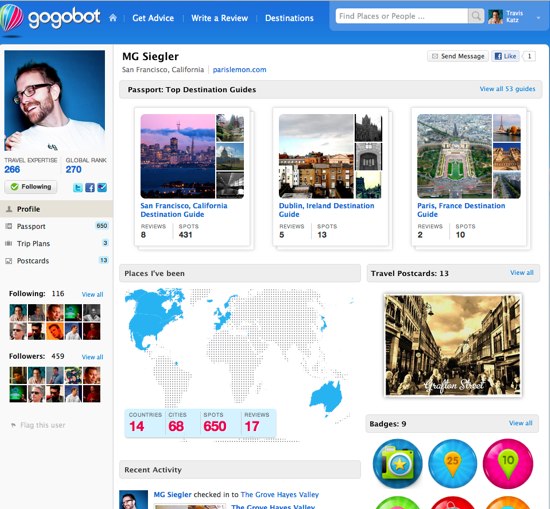I slept at work again last night; two and a half hours curled up in a quilt underneath my desk, from 11am to 1:30pm or so. That was when I woke up with a start, realizing that I was late for a meeting…But it was no big deal, we just had the meeting later. It’s hard for someone to hold it against you when you miss a meeting because you’ve been at work so long that you’ve passed out from exhaustion.
Suddenly everyone’s complaining about how unfair things are in Silicon Valley. How hard everyone has to work so darn hard, and how some people don’t get venture capital or a nice sale to Facebook or Google even though lots of other people are getting those things.
Silicon Valley is an unfair place, say all the headlines. The CNN racism documentary was just one piece of this. Another are the cries from the press that Zynga would actually consider renegotiating contracts with highly compensated employees no longer pulling their weight. Expect more articles soon about the woes of being asked to work hard at a startup. People are working so hard, they’re crying themselves to sleep!
As if all of this was new. The quote above isn’t from some overworked Zynga engineer. It was written in 1994 by Jamie Zawinski, an early engineer at Netscape. Here’s more:
I saw Ian today, for the first time in months. His first words were, “Wow, you look like shit.” He says I seem really strung-out and twitchy. I thought I had been doing ok! I got a full night’s sleep last night and everything. I have no life. I never see any of my non-work friends, and I’m wasting away my one and only youth. I ought to be out doing fun things and active things, the kind of things I won’t be able to do when my mind and body finally decay. But instead I’m stuck inside under fluorescent lights, pushing bits around inside a computer in ways that are only interesting to other nerds. I glanced at a movie listing and there are movies out that I haven’t even heard of. How did that happen? That freaks me out. I bought some wrist braces at a drug store, and I’ve been typing with them for a couple of days.
I don’t think it’s helping much; my middle finger doesn’t hurt quite as much, but my ring finger is just as bad. This job is destroying my body. This can’t be worth it.
and
Well the kids went out to get drunk, or rather, more drunk. I think they might have actually gone out to a strip club again. How classy is that?
Oh good, the kids are back, and they are well hammered. None of them can walk properly, and they keep bumping into the cubicle walls and making everything on my desk shake. Since I’m not drunk, the impedance mismatch makes it impossible for me to carry on a conversation with them, so I’m just trying to block them out. But now they’re all playing networked DOOM at top volume, so in order to concentrate, I have to wear headphones with music on at top volume, and even that doesn’t quite work. Since, as I mentioned, they keep making the mistake of trying to walk, and they’re making all the shit on my desk bounce around.
It’s a saturday night, and I’m in my cubicle surrounded by a bunch of drunken farmboys from Illinois who haven’t been more than two miles from our office in scenic downtown Mountain View in four months.
My ears are going to be ringing after this. Fuck it, I’m going home. (Check that — my ears are ringing.)
and
I’m so fucking burnt. Existence is suffering.
We’re doomed.
I’d work on my resumé, but I don’t even have anything new to put on it yet, because we haven’t actually shipped anything.
I’m going to go home and cry myself to sleep now.
Yes, there was crying. Even way back in 1994.
But then, the payoff. That fleeting moment of glory that every twenty-something overworked engineer dreams of:
The power came back on, and we put the damnable program on the FTP server, and two million people all started attempting to download it at once, before we had even posted the announcement message, and we’re done done done and I suppose now we can all live happily ever after.
We sat in the conference room and hooked up the big TV to one of the Indys, so that we could sit around in the dark and watch the FTP download logs scroll by. jg hacked up an impromptu script that played the sound of a cannon shot each time a download successfully completed. We sat in the dark and cheered, listening to the explosions.
You can imagine the same words, the exact same words, being written by the guys that created the early Zynga games. Or Google. Or Facebook. Or some startup that failed miserably and was forgotten. Maybe some of those people think that they’ve been worked harder than anyone else has ever worked in Silicon Valley. That working so hard, working all the time, is an extraordinary demand on their soul.
They’re wrong. This is what startups are made of.
If you work at a startup and you think you’re working too hard and sacrificing too much, find a job somewhere else that will cater to your needs.
 But if deep down you know that you’re part of history, that the things you are building will be written about and thought about forever, then maybe after that good cry after a short sleep under your desk you’ll pull yourself together and remember. That you are a person in the Arena. A Pirate. That you are here to make a dent in the universe.
But if deep down you know that you’re part of history, that the things you are building will be written about and thought about forever, then maybe after that good cry after a short sleep under your desk you’ll pull yourself together and remember. That you are a person in the Arena. A Pirate. That you are here to make a dent in the universe.
You might be sad that you work long hours and that sometimes your boss yells at you when tensions run high. But you also know that there is nowhere on earth like Silicon Valley. Nowhere else that is structurally designed to help you make whatever you can imagine into reality. Nowhere else where there are so many like minded people who are willing to sacrifice and work hard to create something new.
There’s so much money in Silicon Valley now that a lot of non-like minded people have rolled in. Looking for easy stock options at a hot startup. They start whining when they realize that they have to give so much to make it all work. This happens periodically, and I wrote about it back in 2007. Then a downturn happens and suddenly everyone left is just thankful they’re still here.
But if too many people like this roll into town, a tipping point will be reached. And the magic will be gone.
It feels like we’re getting there. That not too long from now people will be talking about maximum working hours, minimum numbers of engineers assigned to complete a given task. And, shudder, unionization of startup workers.
I really hope that doesn’t happen. If it does, all the really necessary people will just leave and do their thing somewhere else.
Work hard. Cry less. And realize you’re part of history.
Update: Zynga “colleagues broke down into tears.” FFS, the place has free acupuncture and an organic cafeteria.
Update 2: Evil, bad, horrible Zynga




 Liz Welch at Inc. Magazine
Liz Welch at Inc. Magazine  That prompted me to research
That prompted me to research  That’s not all though. I’m also using a
That’s not all though. I’m also using a  Things are just getting started. But the fact that I’m sleeping properly and have revamped my diet with my doctor, combined with actually walking miles and miles a day, has already had a profoundly positive effect on me.
Things are just getting started. But the fact that I’m sleeping properly and have revamped my diet with my doctor, combined with actually walking miles and miles a day, has already had a profoundly positive effect on me. 

 It looks like Simple Geo may have made a solid bet after all. Last week the company
It looks like Simple Geo may have made a solid bet after all. Last week the company 
 After 42 successful weekly auctions of shares of Facebook stock, SecondMarket hit a snag – they weren’t able to make a market between buyers and sellers in the 43rd, and
After 42 successful weekly auctions of shares of Facebook stock, SecondMarket hit a snag – they weren’t able to make a market between buyers and sellers in the 43rd, and